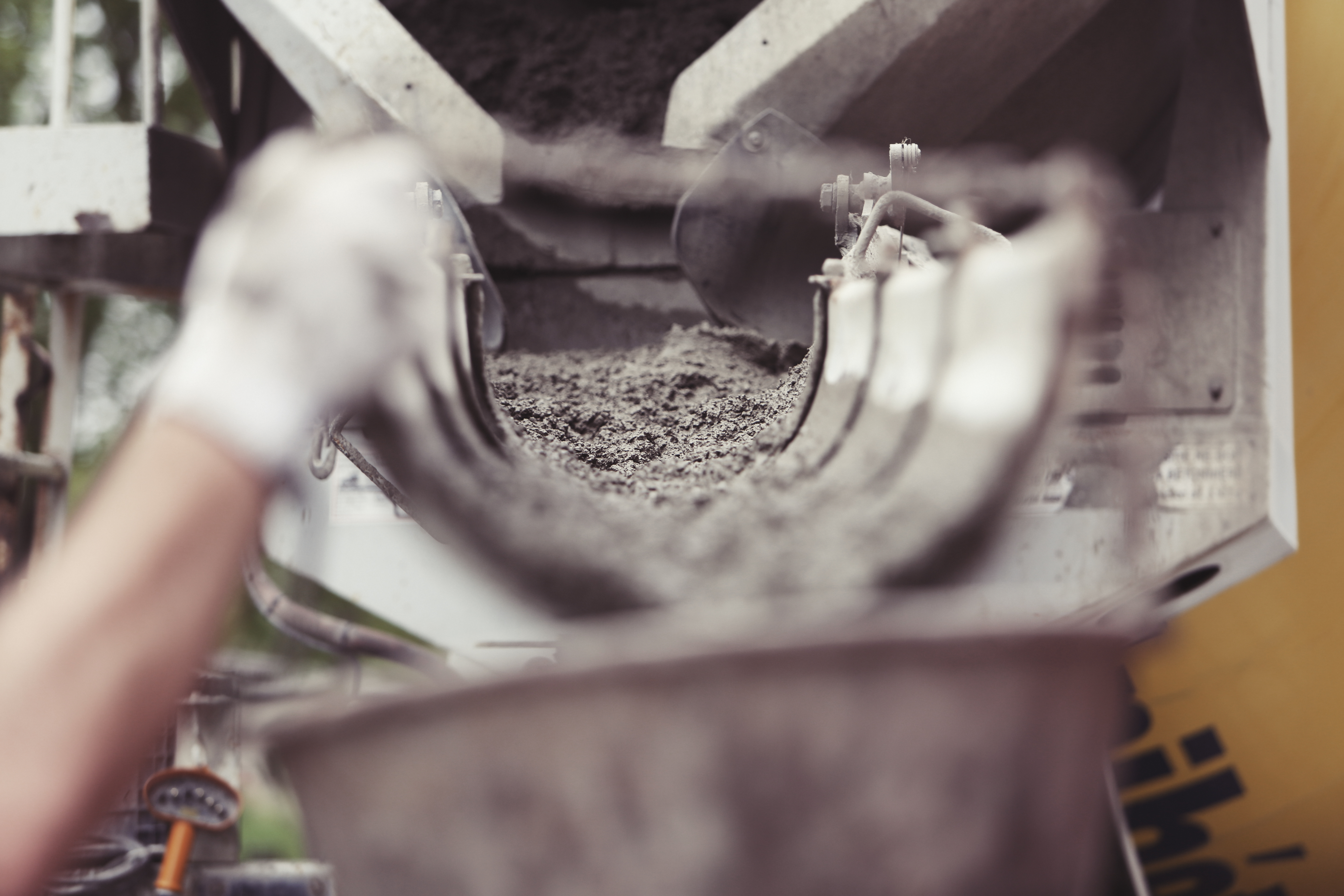How Cement is Made
Cement a fine-powdery substance and is the basic ingredient of concrete. One kilo (2.2 lbs) contains over 300 billion grains and the powder is so fine that it will pass through a sieve capable of holding water. It is made through a controlled chemical combination of calcium, silicon, aluminum, iron and other ingredients. These elements are found in natural materials such as limestone, clay, sand and/or shale. When mixed with water, the powder turns into a paste that can bind with sand and gravel to form solid, mass concrete.
Other things can also be made with cement and water. Cement mixed with water, sand, and gravel, forms concrete. If it is mixed with water and sand will form cement plaster. Cement mixed with water, lime and sand will form mortar.
How to Make Cement:
The most common way to make cement is through a dry method using raw materials such as limestone, and clay which contains the four essential elements (calcium, silicon, aluminum, and iron) needed. These materials are collected as rocks from a quarry and crushed to about 6 inches. Then the rock is crushed a second time to about 3 inches or smaller. The crushed rocks are then combined with other ingredients such as iron ore or fly ash. The mixture is ground, mixed, and fed to a kiln where it is heated to about 2,700 degrees Fahrenheit. In the kiln is where the raw materials will become partially molten in a process called sintering.The kiln is about 12 feet in diameter and heats everything in cylindrical steel rotary kilns lined with firebrick.
As the material moves through the kiln, elements are driven off in the form of gases. A molecule of carbon dioxide is liberated from calcium carbonate, forming calcium oxide (quicklime) in a process called calcination. Calcium oxide is then blended with other materials to form calcium silicates. The remaining elements form what is called a clinker. Clinkers come out of the kiln as grey balls the size of marbles. Clinkers come out the kiln red-hot and are cooled off with various types of coolers. The heated air from the coolers is returned to the kilns which save fuel and increases burning efficiency. After the clinker is cooled, it is finely ground and mixed with gypsum and limestone. It is now ready to be packaged and sent to be used in a variety of construction projects. It is stored in silos while awaiting distribution in by bulk in trucks or by being bagged in smaller quantities.
Types of Cement:
The most common type of cement for the production of concrete is Portland cement. Portland cement blends are also used. This includes colored cement, which is used for decorative purposes, portland-pozzolan cement, which is used most commonly in places where volcanic ash is available, and masonry cement, which is used for preparing bricklaying mortars and stuccos. Other types include Pozzolan-lime cement, a mixture of ground pozzolan and lime that was used by the Romans and are present in Roman structures. China uses calcium sulfoaluminate cement, which is made from clinkers with y-eliminate. They are used in expansive cement and in low-energy cement. It is low energy because of the lower kiln temperatures needed for the reaction, and the lower amount of limestone in the mix.
Bravo! Concrete Maintenance is committed to rejuvenating your outdoor surface from the intruding elements of weather, grime and natural causes. Give us a call (716-834-2454) and we will see how we can best repair and/or protect your concrete.

